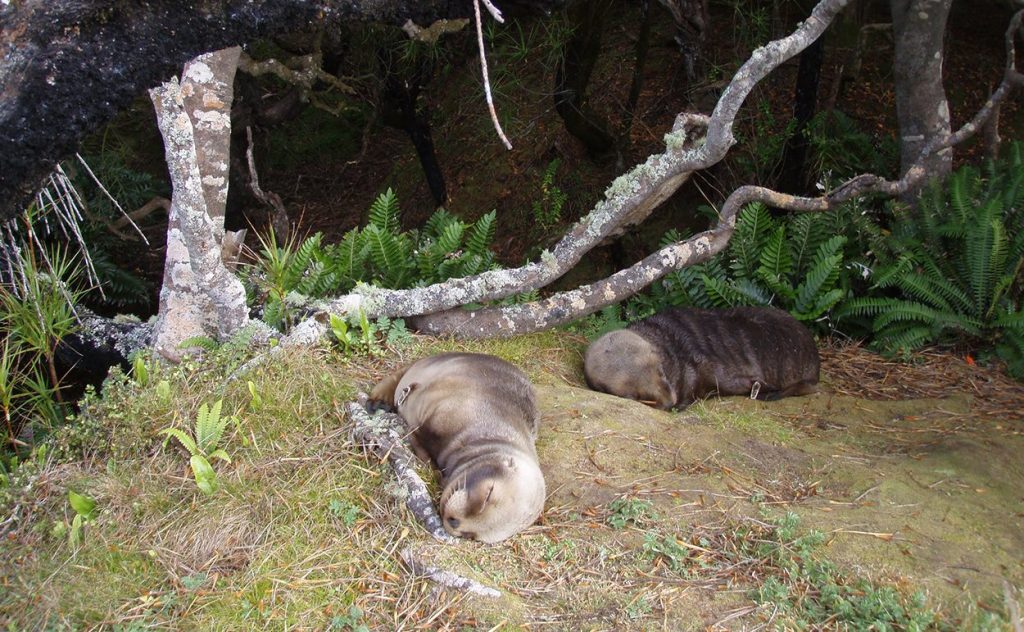
I’m looking for a place for the rarest sea lions
For a long time, New Zealand sea lions were found on a few smaller islands, and centuries of intense hunting brought them to the brink of extinction. Meanwhile, some seals have returned to the coasts of the main islands. The researchers used a new model to determine where suitable seals breed and what impact roads, grasslands and other human structures have on them.
The New Zealand sea lion (Phocarctos hookeri) is one of the world’s most endangered large sea lions. Sea lions, which could reach 3.50 meters in length and weigh almost half a ton, were once common in the cold seas around New Zealand, but were badly destroyed by intense fishing. Today, 95 percent of just under 10,000 specimens are found in just three breeding grounds on some of the subarctic islands south of New Zealand.
Raising boys in the woods instead of the beach
In addition to being hunted, one of the reasons for the sharp decline in New Zealand sea lions is the unusual behavior of the females: they are the only sea lion species that give birth to their young on shore, but then migrate two kilometers inland with the young. There they raise young, preferably in forests, where they are protected from winds, storms, and aggressive youngsters. However, at the same time, this behavior exposes animals to disturbances from human influences.
When sea lion breeding grounds overlap with inhabited coastal strips, it is not uncommon for encounters with potential risks for both sides. Collisions with cars have already been reported, as have accidents involving pets. It has also been observed that sea lions fall asleep in playgrounds, bathe in local swimming pools, or give birth to their young in backyards. At the same time, fences, roads and residential areas can also act as barriers for mothers and their young on their way into the forest and thus severely limit breeding opportunities.
Determine the appropriate breeding areas
In the course of conservation efforts, a few New Zealand sea lion populations have recovered and there are breeding grounds on the main islands of New Zealand. Its comeback has been hailed as a huge success – but it also creates complex challenges. Since many coastal areas on the main islands are densely populated, this makes it difficult for sea lions to recreate themselves. So Veronica Franz of Michigan State University and colleagues have developed a computer model that shows potential suitable areas along the coasts of major islands and, unlike previous maps, also shows where human structures reduce convenience.
The Integrated Model Species Distributions Database (iSDMdb) identifies 395 potential breeding areas along the coasts of the northern and southern islands of New Zealand. However, a third of these experienced strong human influence in the form of housing projects or roads. “After taking these effects into account, only about a third of the sites remained,” the research team wrote. In about half of all sites there are pasture-shaped barriers or fences that prevent female sea lions from migrating inland. If all of these human influences are taken into account, the number of suitable breeding sites decreases dramatically, Frans and colleagues report. The places on the North Island are the quietest.
The scientists now hope that their maps and baseline database will help increase the chances of a sea lion’s re-emergence. Game rangers and authorities in particular should use these findings to reduce conflicts through future environmental planning and appropriate communication with the public.
Source: Technical University of Dresden; Specialized article: Methods in Ecology and Evolution, doi: 10.1111/2041-210X.13736

“Coffee trailblazer. Social media ninja. Unapologetic web guru. Friendly music fan. Alcohol fanatic.”
